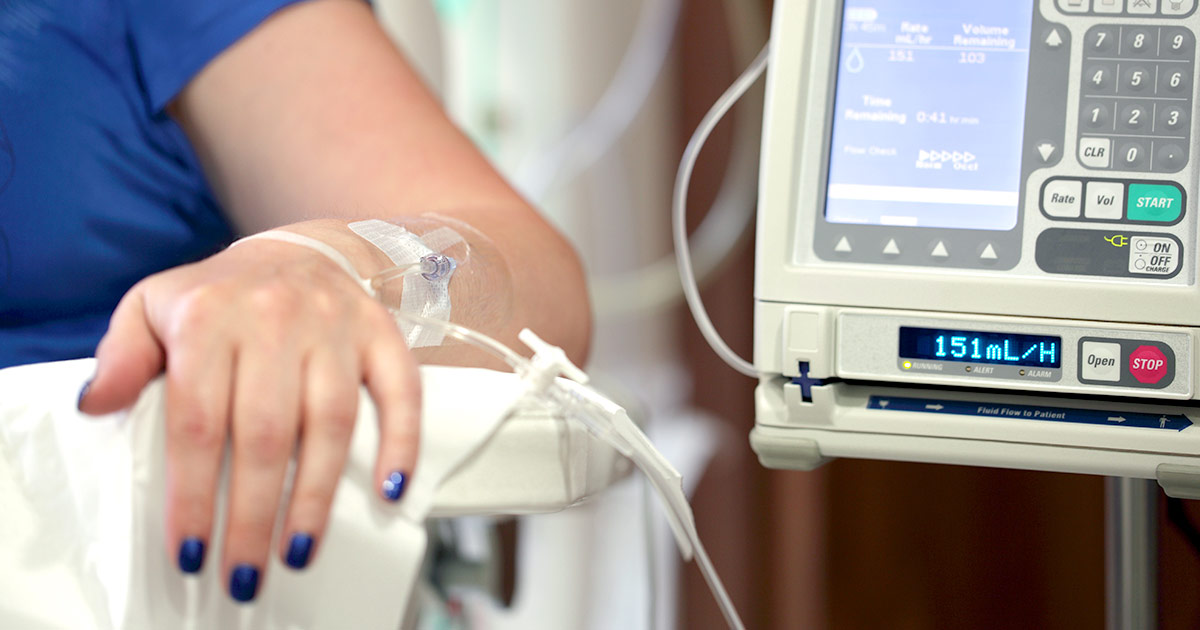Ways To Treat Salivary Gland Cancer
Salivary gland cancer occurs when abnormal cells in the salivary glands grow out of control. Malignant tumors can form in any of the salivary glands, which are located in the mouth, neck, and throat, and their function is to produce saliva. Saliva is what we usually refer to as spit, and it serves a number of purposes. There are hundreds of salivary glands, but the major salivary glands include the parotid, sublingual, and submandibular, with the majority of tumors occurring in the parotid glands. Signs and symptoms of salivary gland cancer include facial numbness, difficulty swallowing, and lumps where salivary glands are located. The causes of salivary gland tumors are still unclear, though risk factors include radiation exposure and advanced age. Get familiar with the major methods of treating salivary gland cancer now.
Chemotherapy

While chemotherapy isn’t a standard treatment for salivary gland cancer, it can be used to treat certain types, locations, or stages of tumors. Chemotherapy treats cancer with chemical agents to stop the growth of cancer cells. This is accomplished by stopping the cells from dividing or by destroying them. The treatment is administered according to the type and stage of the tumor being treated. Systemic chemotherapy is delivered into the bloodstream by injection into a muscle or vein, or it can be taken orally. This type of chemotherapy can treat cancer cells in every part of the body. Regional chemotherapy is placed directly into certain areas of the body to treat those specific areas. This kind of chemotherapy can be used for organs, a body cavity, or placed directly into the cerebrospinal fluid.
Chemotherapy can be used when a tumor is very large or if its location renders it too risky for removal by surgical means. The combination of chemotherapy and radiation therapy may be a treatment option for advanced stages of salivary gland cancer.
Keep reading to learn more about how to treat salivary gland cancer.